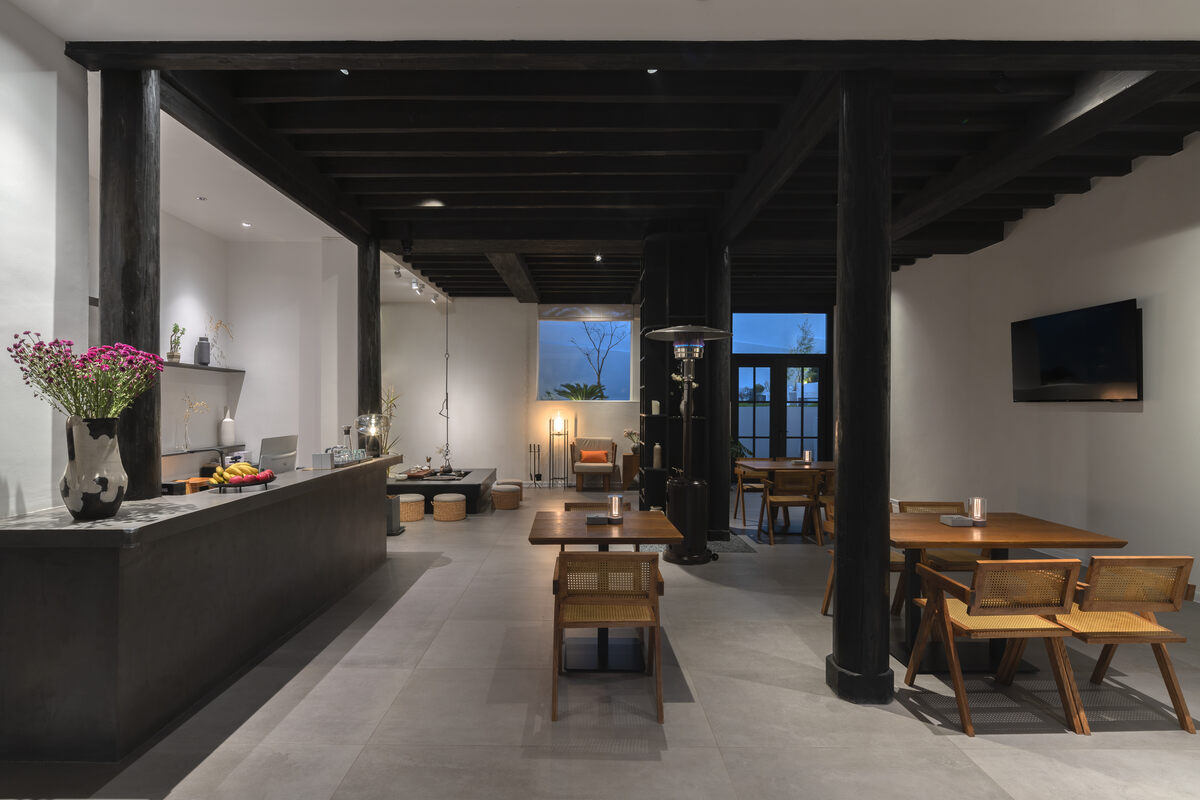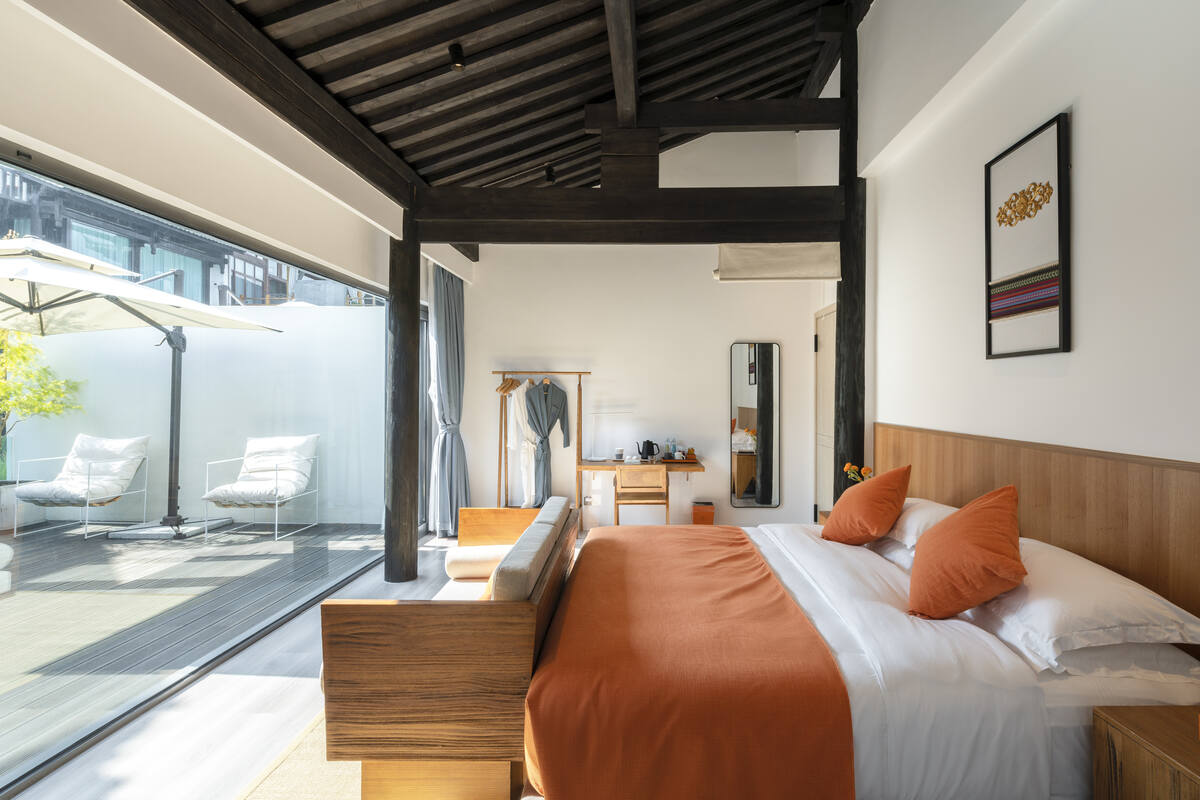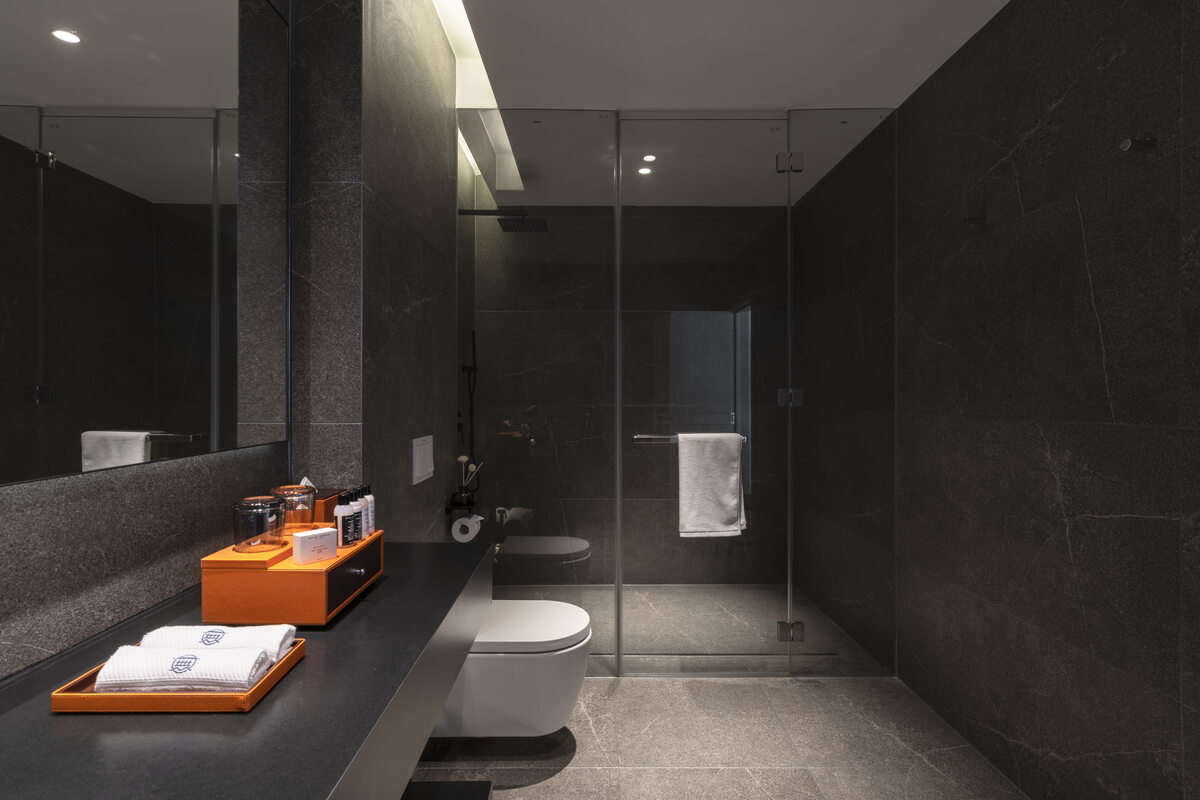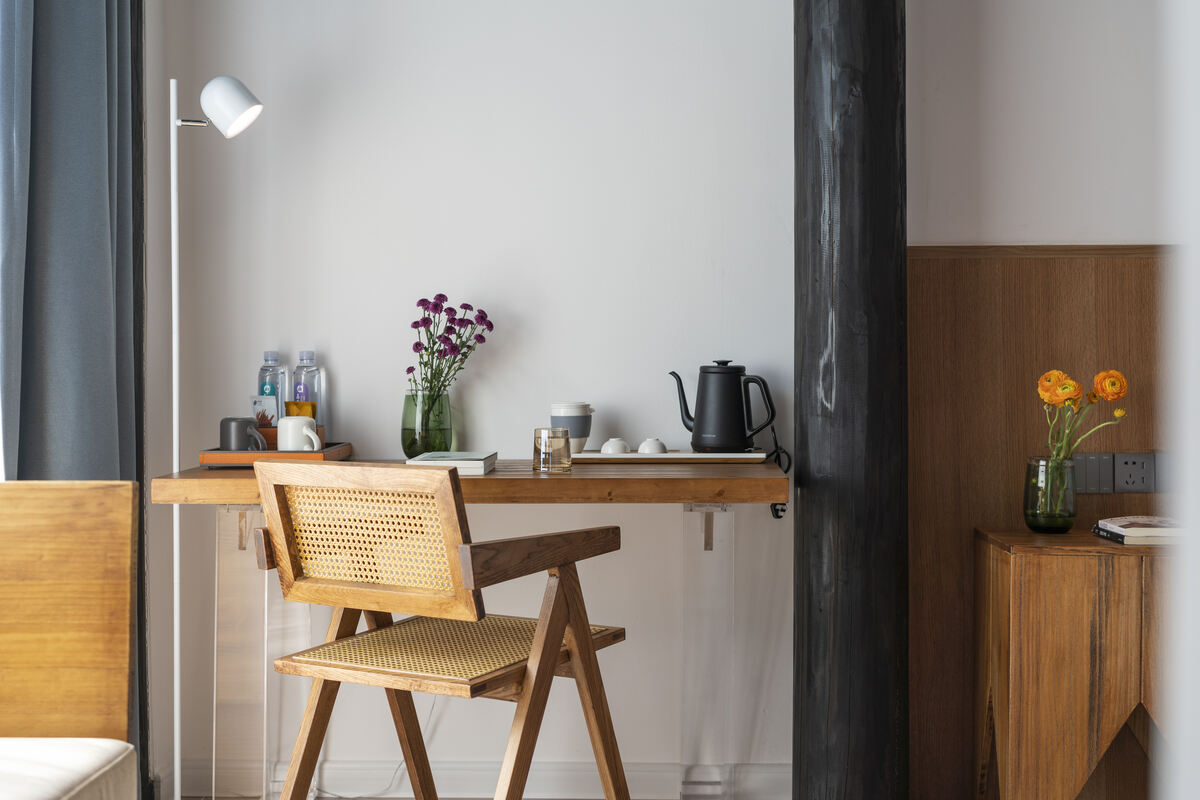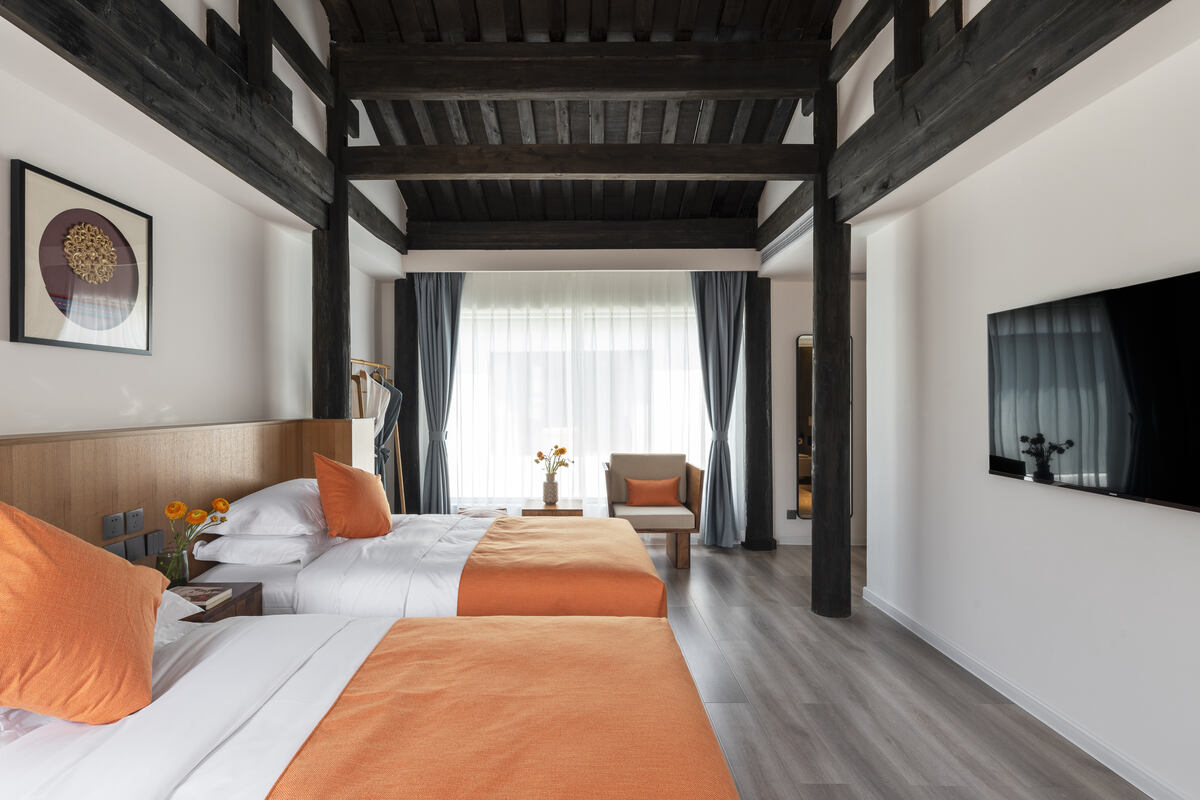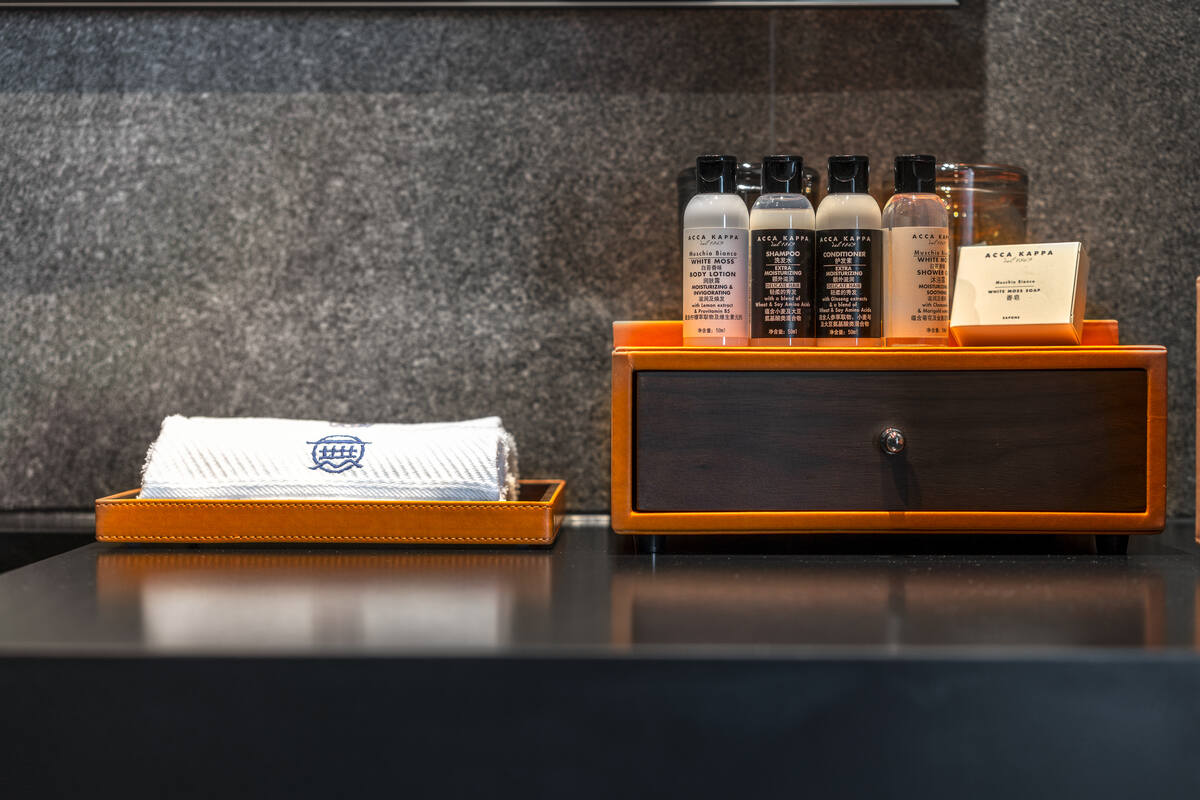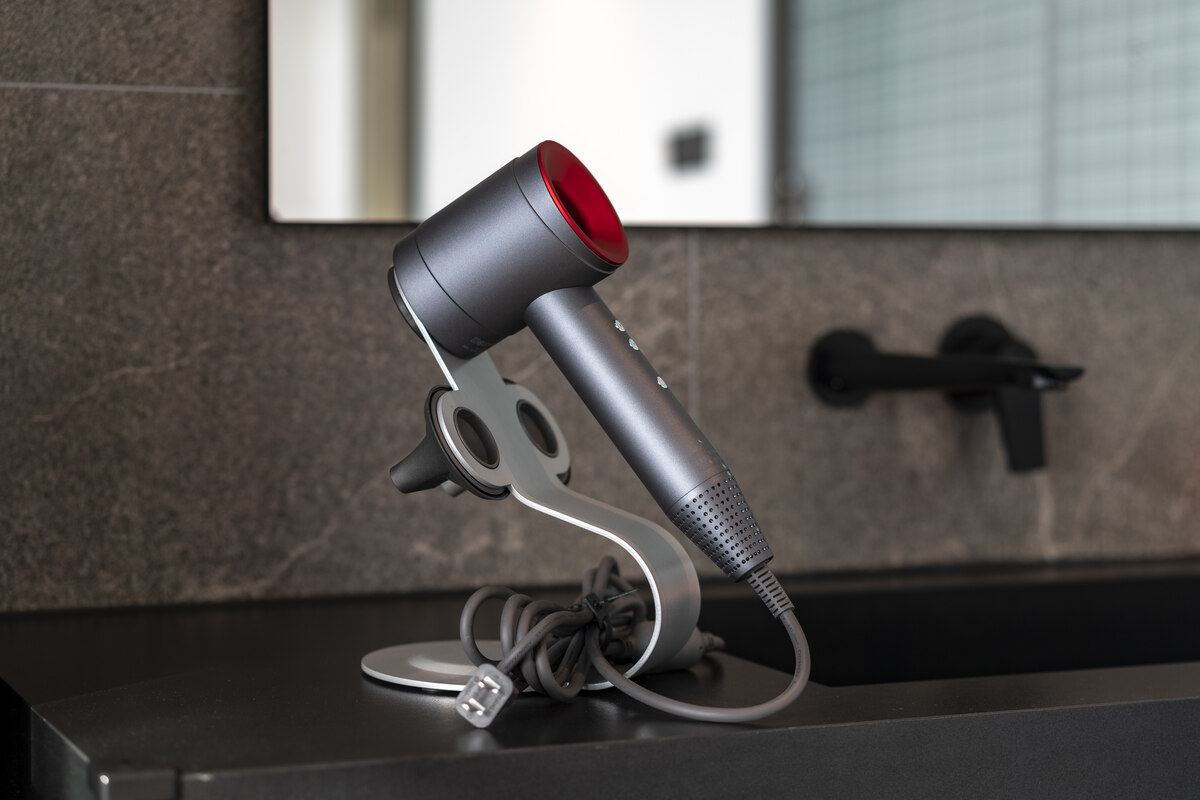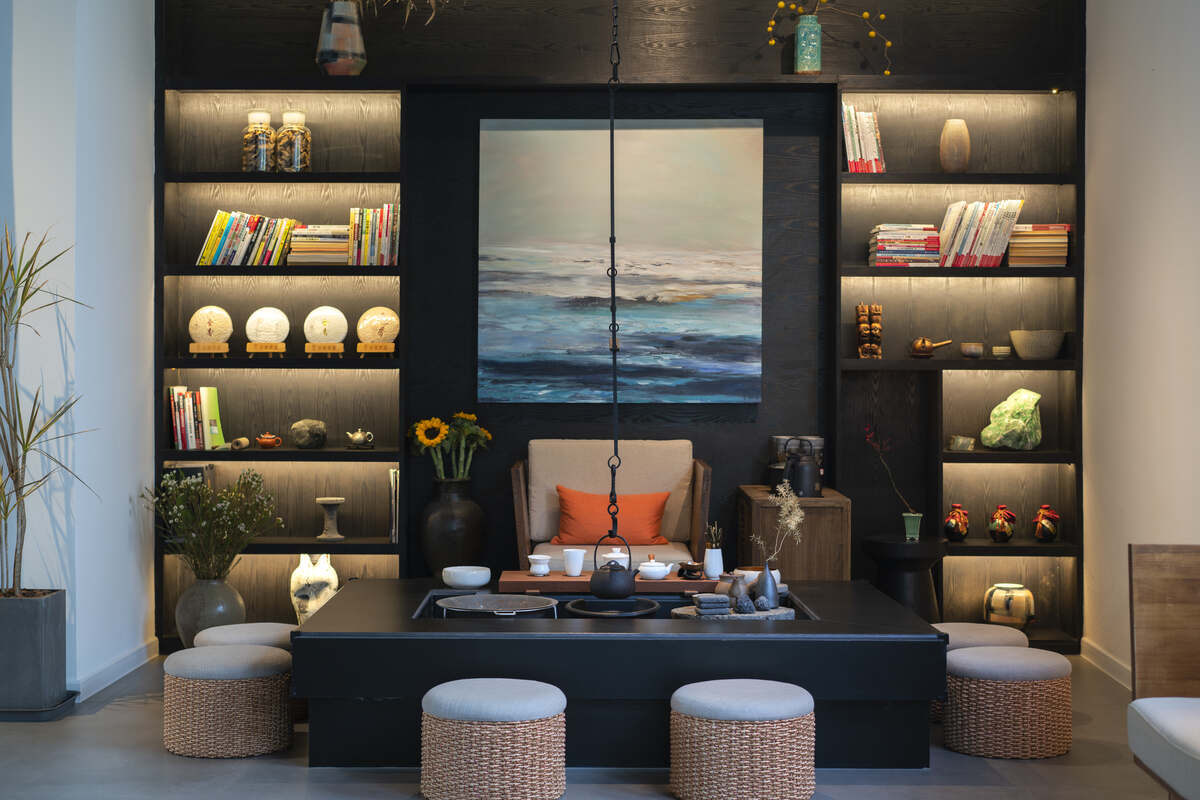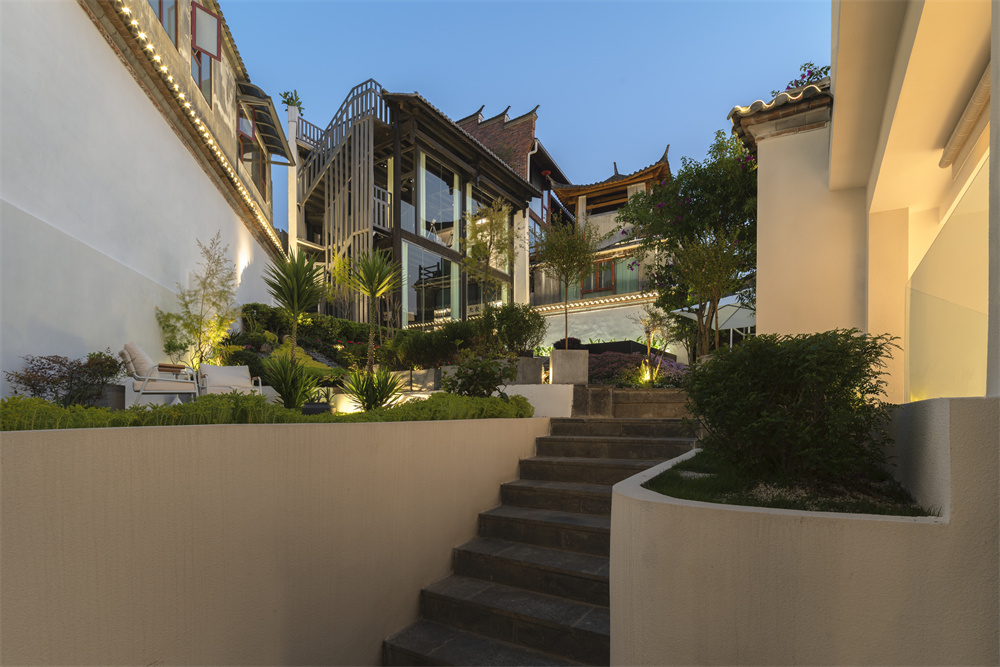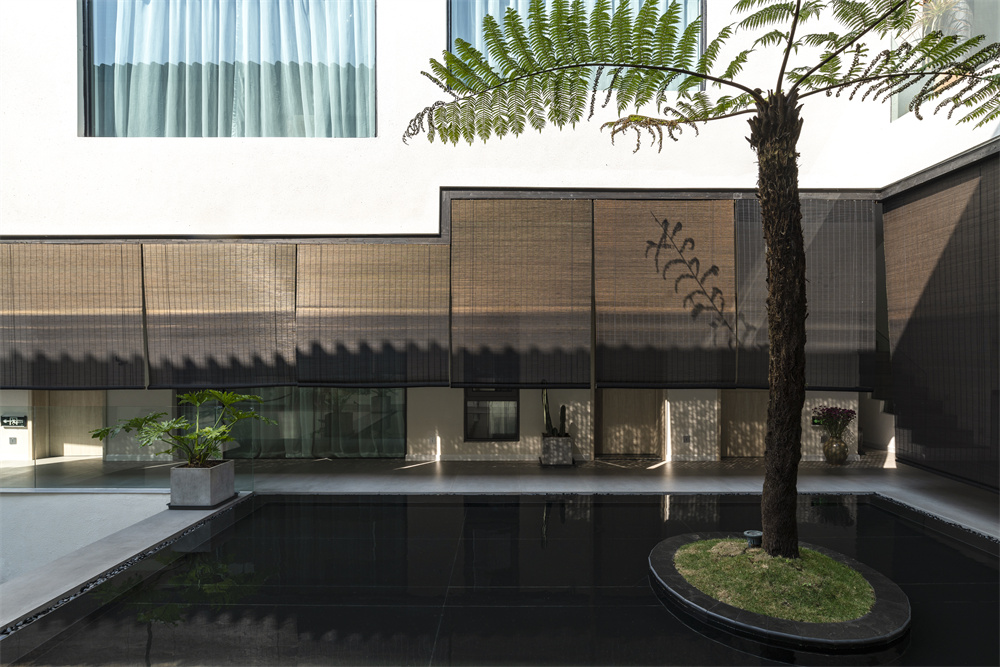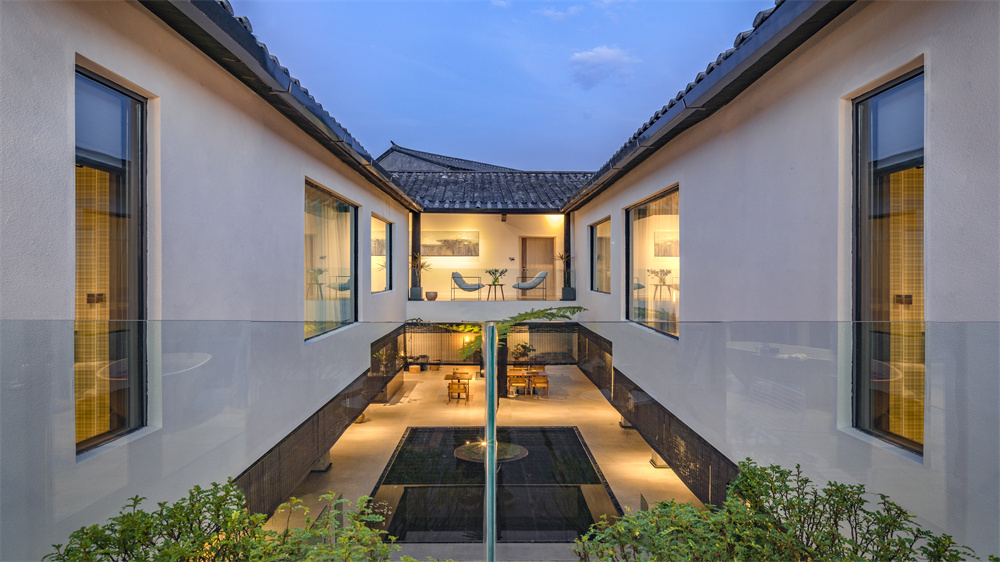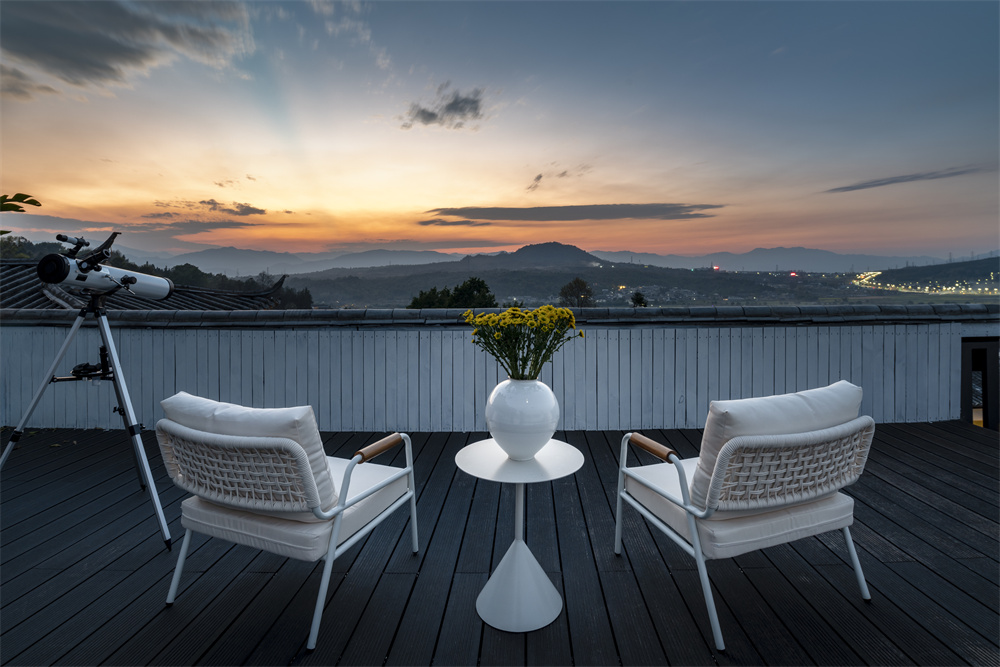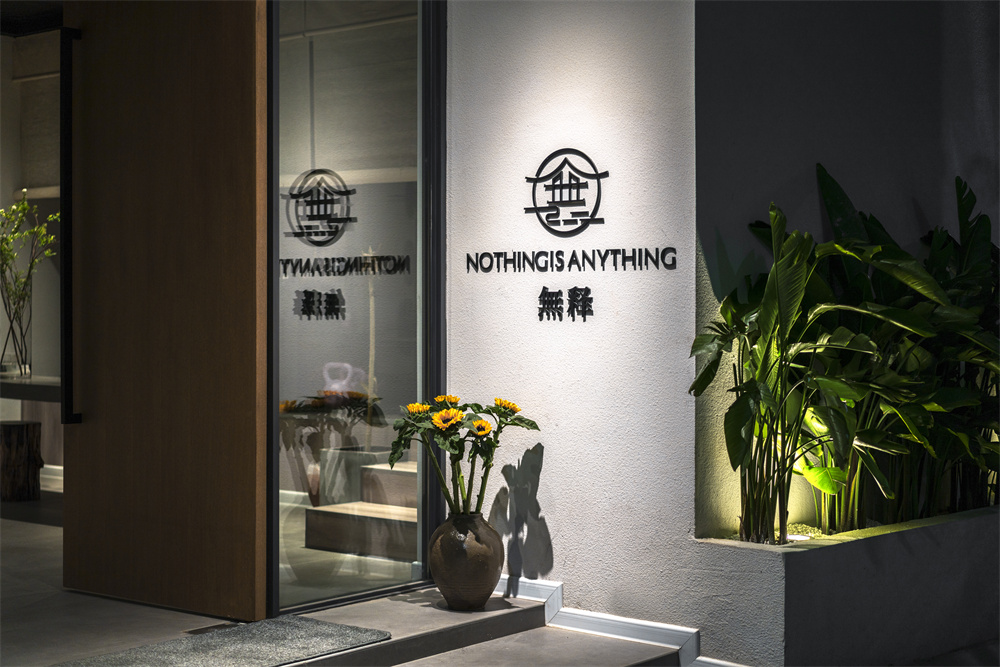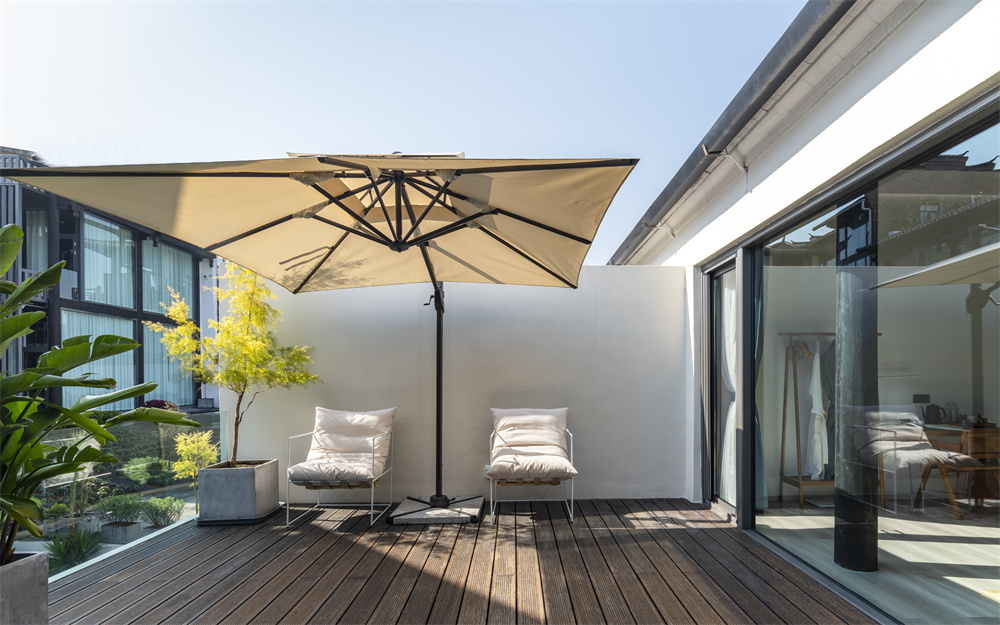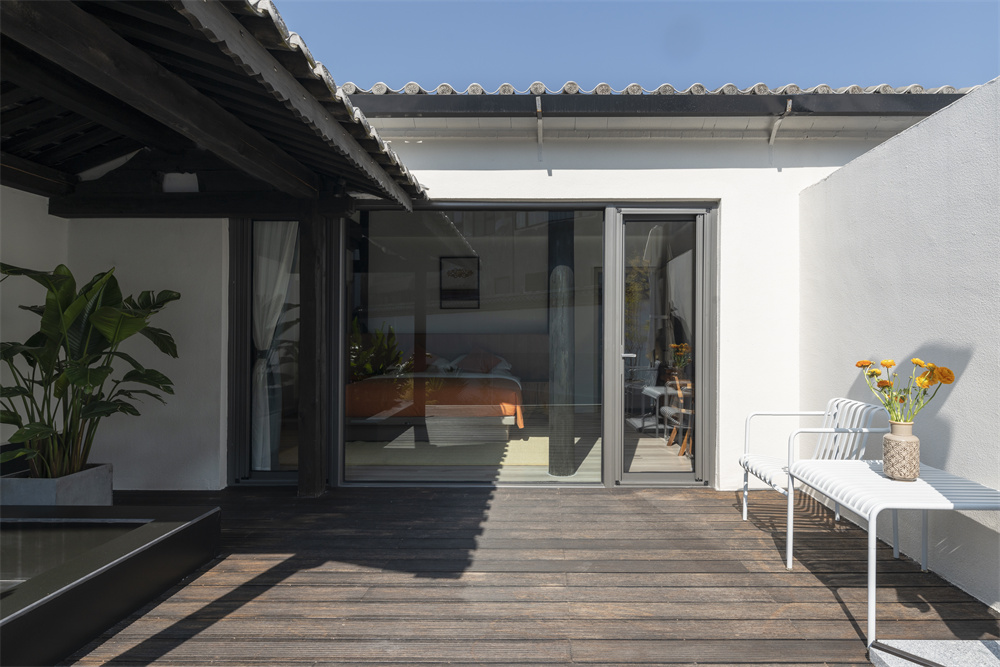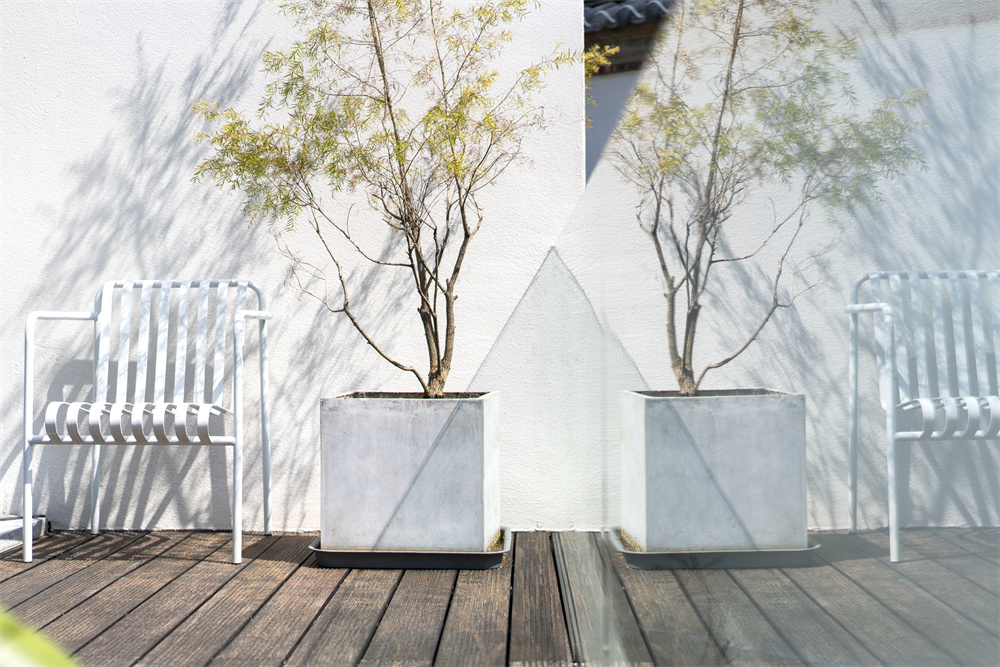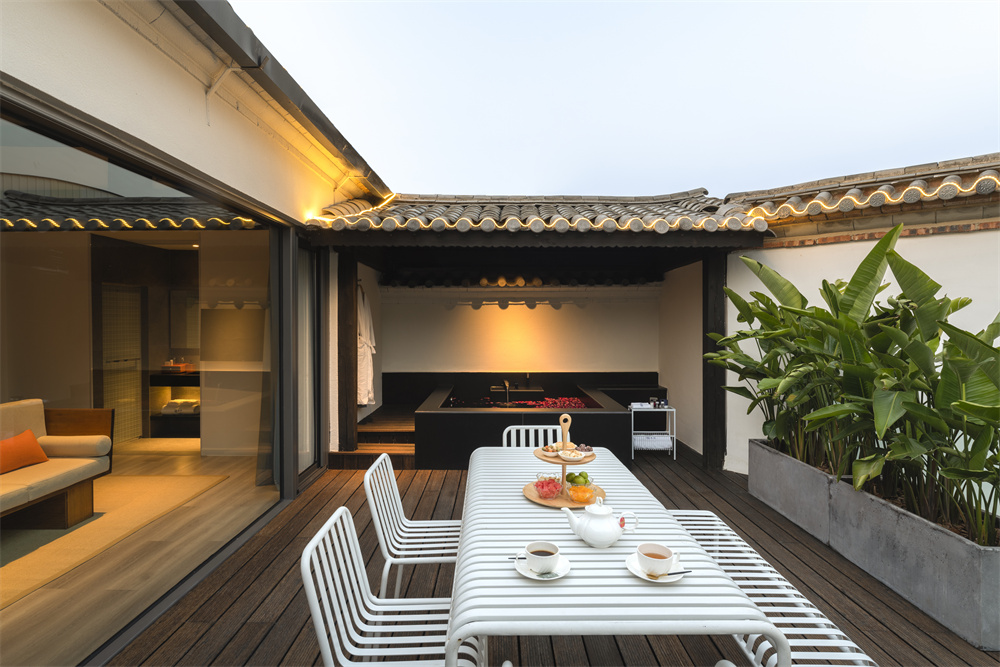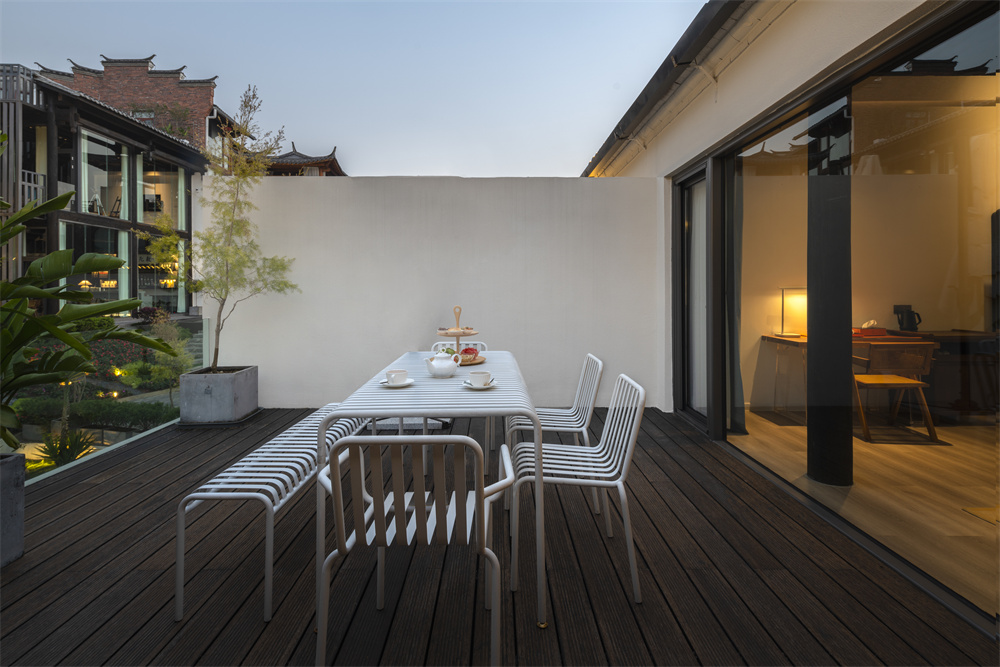Design of B&B SpaceTOP 10 Designer

Project
Introduction
Wu Shi
I’m waiting here for your return
B&B is a kind of small accommodation carrier where the host participates in the reception for visitors to experience the local nature, culture, production and life styles. In the current environment, it has evolved into a deeper emotional requirement for accommodation. It cannot be regarded as a fixed, immutable concept, but as a spatial unit of social travel that is constantly being constructed. Hence, the functional identity for comfortable space and the social identity for elite space put forward deeper requirements for the logical relationship among leisure attributes, social attributes and daily attributes of living space.
Wu Shi B&B project is located in Heshun Town of Tengchong, the most famous border city in Chinese history, Baoshan City, Yunnan Province. Heshun is an ancient town with a history of more than 600 years, where the Han culture of the Central Plains, the cultures of ethnic minorities in border areas, and the cultures of South and Southeast Asia merge. Tengchong's buildings are mainly wooden structures. After combing and analyzing the target customers thoroughly, the designer has fully combed the construction of the internal living space. In order to make guests immerse in the living space of the ancient town, designers are supposed to start from the guests' expectations for life, and to define the character and functional requirements of the space more broadly. So, in this design, the designer redefined the user of the space, and hopes to place a comfortable space carrier of returning hometown and home into the living space, to incorporate relaxation, life and collection function, and to allow the mountains and the scenery to be seen in the room.
Expecting and creating a different way of life is the starting point for all the scenes
The first home is a space that exists to meet the needs of daily life, while the second home endows "home" with richer dynamic connotations and unique symbols. What the second home embodies is a form of travel that breaks away from modernity and satisfies the need for recreation, as well as a lifestyle of regularity, repetition and cycle. It shows a desire for identity, emotion and authenticity. The experience of living in the second home is the process of deconstructing and reorganizing the "home", which constitutes a "home" with the original dwelling and the unique flowing space.
Feel things with your heart when landscapes surround
In addition to practical functionalism, the second home emphasizes the user's spiritual satisfaction, and uses space to response the extreme ego viewpoint of individuals towards "things". The earliest B&B in China evolved from the family hotel model which affords accommodation and breakfast. In fact, the concept of the second home in ancient China was often a courtyard or a villa built by literati and refined scholars outside the scenic mountains. The cultural characteristics and spatial types contained in Chinese traditional architecture are contained in this complete system of landscape, poetry and painting.
The design concept of Wu Shi just comes from thinking about this system.The second home is designed for the social elite. Living in big cities, possessing certain economic strength and social status, they hope to enjoy a vacation experience outside of urban life in the natural environment. At the same time, the architectural language of the house type and the design pattern of the space continue the compatible interaction between the inside and outside of the traditional garden, and the boundary between the courtyard and the interior is eliminated by the oversized glass windows.
The designer has organized the space of the first floor around a preserved 60-year-old Cyathea spinulosa. The lofty atrium and the dining-hall continue the wooden architectural style of Heshun ancient town, making each functional space continue in the architectural form, which forms a sense of unity.
The Tea-Horse Road with a long history has been lying there quietly, with one end connecting the infinite past and the other end connecting the infinite future. It witnessed generations of young men with dreams of getting rich leaving their hometowns for diverse places, told of their yearning for hometowns, and poured out the loneliness of their wives. Those who have made their way around the world have come back here with enthusiasm for their hometown. The imprint of their travels has accumulated continually in the form of houses, artifacts, culture and so on. Sometimes they would gather around the stove and reminisce about their experiences while boiling tea. All of these are the past of the Tea-Horse Road.
The breakfast tables extend the monolithic space into the reception room, making the two space both independent and interconnected. The dark bamboo curtain becomes part of the interior, allowing natural light to permeate the interior, which makes people continue to experience the outdoor living space indoor.
△Details of the dining-hall on the first floor
The texture and weight of life are often hidden in the details. The texture of a single armchair, spectacular mountain scenery outside french windows and the temperature of the viewing room when the sun shines on it are all telling the state of mind of being in nature.
△Second floor master bedroom and spliced details
The second floor is an introverted resting space. On the design, in addition to continuing to use material downstairs, the designer also strengthened the connotation of the space. In master bedrooms, French windows are positioned to create a four-season space that serves as a second-level living space for users.
△Details on the second floor
The small bar was given pride of place in the backyard. As much as possible, the designer removed redundant decorative elements. Black burnt lumber established neutral, rational keynote in color. Luminescent membranes and linear luminaires make the night color of Wu Shi more relaxed and mild.
△The bar in the backyard
The sunken courtyard brings in diffused natural light, making it quiet and introverted enough.
△Outdoor courtyard
2
△The hustle and bustle is hidden in the mountains
Wu Shi is not an indifferent attitude, but a life state of letting go and returning home. It can allow the transform and connection among life, work and society to balance the hustle and bustle in urban and the nature flavour in rural in a new way. The prototype of the ideal home of many people of vision in Chinese history is just the literati's garden, which reflects the real world into the spiritual world.
△Overall detail drawing of the first floor
The suspended ceiling on the first floor is decorated with wood, allowing the view to extend to the outdoor courtyard. The interior stones and Luminaires bring a modest and luxurious space feeling to the open dining-hall.
△The master bedroom on the second floor
△The bathroom in the master bedroom on the second floor
△Children's Room on the second floor
The bedrooms on the second floor are designed with simple shapes to create a warm and relaxed atmosphere. In front of the French window, the man who sleeps with the star river melts into nature the first minute he wakes up in the next morning. As a B&B, the public area on the first floor provides a variety of living experiences and leisure functions. The lofty atrium and reception room become the center of gravity of the whole B&B space. The warm coffee color carpet neutralizes the sense of geometry of the classic modernist furniture. The Cyathea spinulosa which lived at the same time as the dinosaurs in the courtyard and the water feature in the atrium add radiance and beauty to each other, which makes it a unique place to meet people.

Design by TengChong Newtas hospitality management Pty ltd, Canchao Dong
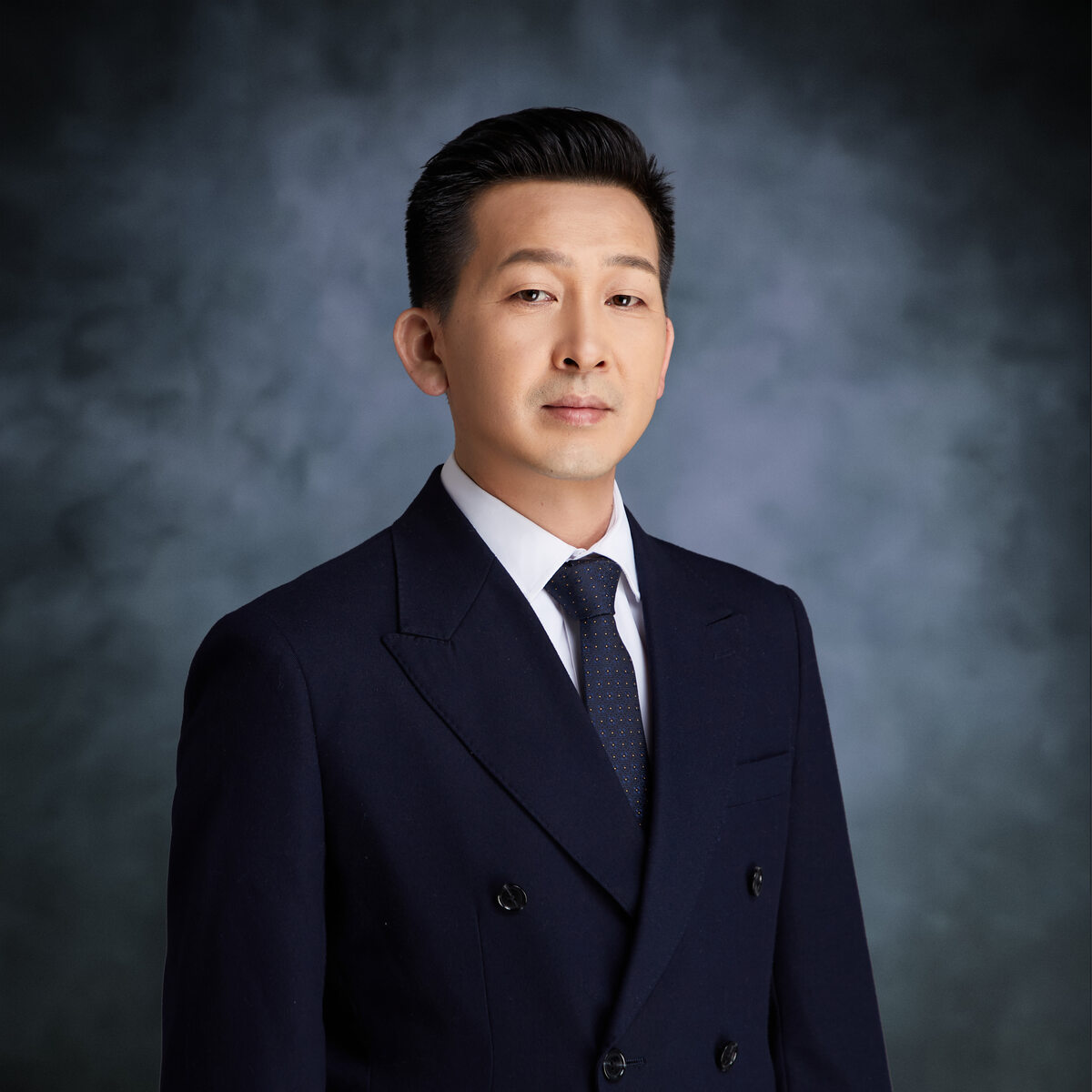
Design by TengChong Newtas hospitality management Pty ltd, Canchao Dong
Originator of Zhengzhou Zhe Pin Architectural Decoration Design
Deputy Secretary-General of Asia Pacific Hotel Design Association (Henan Branch)
Senior designer of China Building Decoration Association
President of Shenzhen Zhongzhuang Construction Group Design Institute (Henan branch).




